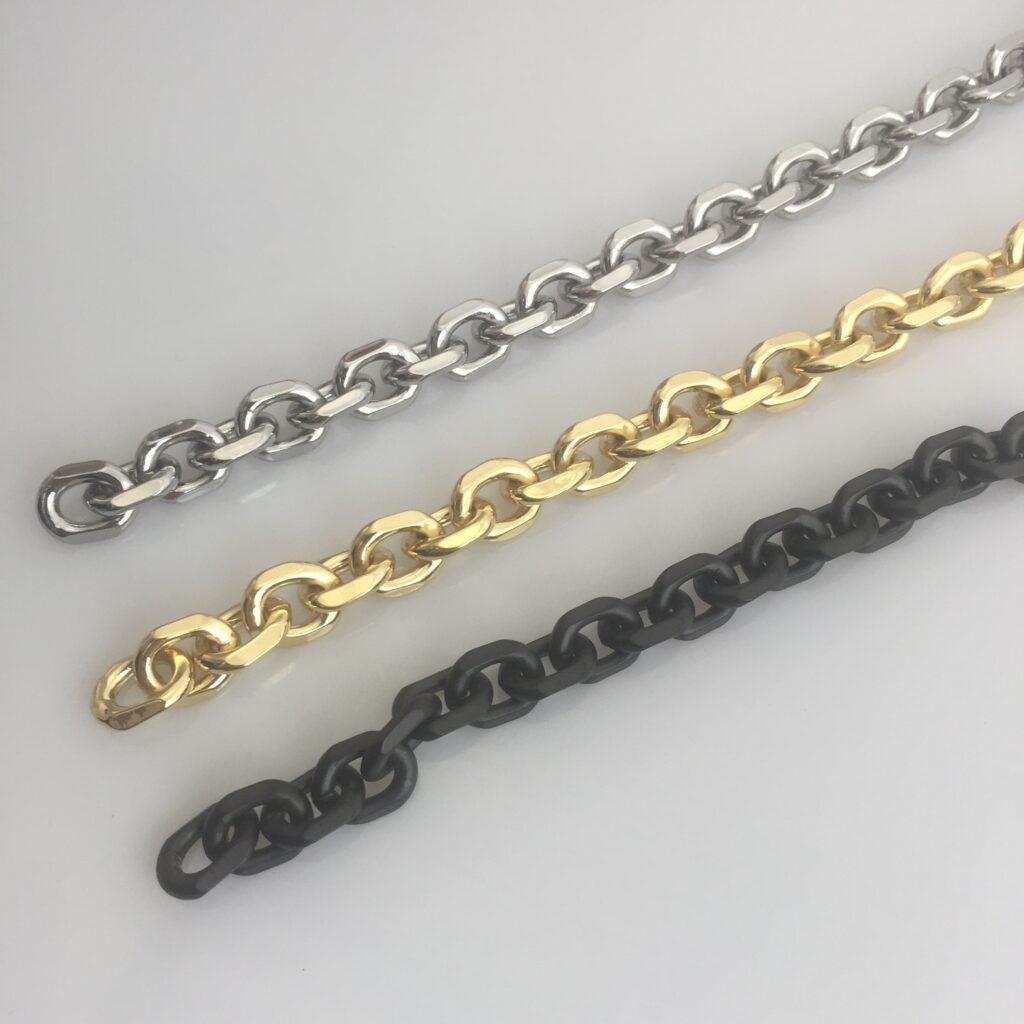When backpackers traverse rugged mountain ranges and business elites navigate urban skylines, those seemingly insignificant locks are safeguarding every piece of equipment with millimeter-level precision. As the core of luggage security systems, modern lock technology has evolved into a comprehensive integration of materials science, precision manufacturing, and intelligent technology. Let’s delve into the industrial secrets hidden within this square inch.

I. Material Symphony: The Lock Material Revolution
The selection of lock materials is akin to crafting a cocktail, requiring a balance of performance, cost, and aesthetics. Zinc alloy has become a mainstream choice due to its excellent die-casting performance. A high-end brand enhances the lock body’s strength by 40% while maintaining lightweight by adding 3% rare earth elements. Stainless steel lock tongues undergo low-temperature impact tests at -40°C to ensure precise opening and closing even in polar environments. Notably, the application of bio-based composite materials, such as a castor oil-based lock shell developed by a German manufacturer, maintains a traditional metallic texture while reducing carbon emissions by 65%.
II. Precision Manufacturing: Millimeter-Level Industrial Ballet
In a cleanroom, the processing of lock cylinders is performing a delicate dance in the microscopic world. A CNC five-axis machining center carves key slots with an accuracy of 0.005mm, equivalent to engraving 10 steps on the diameter of a hair. A patented lock cylinder employs a three-dimensional pin structure, arranging 12 pins of varying heights within a cubic millimeter using laser micromachining technology, resulting in an inter-opening rate of less than one in a million. Intelligent robots on the assembly line, like surgeons, precisely assemble lock bodies and springs in a vacuum environment to ensure uniform pressure on each contact surface.

III. Surface Evolution: From Protection to Decoration
Surface treatment technology is breaking beyond traditional corrosion prevention boundaries. Vacuum ion plating technology forms a diamond-hard titanium carbide coating on the lock surface. Laboratory tests show that this coating resists rust for 2000 hours in a salt spray environment. Even more innovative is the temperature-sensitive color-changing coating, which reveals hidden warning patterns when the lock surface exceeds 38°C, providing burn warnings for outdoor adventurers. A luxury brand combines micro-engraving with PVD coating to present a nanoscale brand logo on the lock clasp, visible only under specific angled lighting.
IV. Intelligent Revolution: The Third Cognitive Upgrade of Locks
Biometric technology is redefining lock interaction logic. Capacitive fingerprint recognition modules learn subtle changes in user fingerprints through AI algorithms, enabling accurate identification even when fingers are wet or peeling. An innovative patented “dynamic password lock” employs environmental sensing technology, generating temporary passwords based on GPS location, Bluetooth signals, etc., to achieve a “one-time password” security mechanism. At the forefront is quantum key locks, which utilize photon entanglement effects to generate uncopyable quantum keys, providing military-grade protection for high-end business luggage.

V. Quality Matrix: Constructing a Multidimensional Coordinate of Trust
In lock testing laboratories, each sample undergoes rigorous “torture.” Mechanical durability tests require locks to withstand 100,000 fault-free openings and closings, equivalent to 27 daily openings over 10 years. Environmental simulation chambers can instantly switch between extreme temperatures of -30°C to 80°C to test locks’ thermal expansion and contraction adaptability. A newly introduced “hacker attack test” by an international certification body verifies intelligent locks’ anti-interference capabilities through electromagnetic pulses, laser interference, and other means to ensure security in the digital age. From the peaks of the Alps to the briefcases of Wall Street elites, lock technology is evolving at an imperceptible pace. As 3D printing begins manufacturing customized lock cylinders and blockchain technology establishes unique digital identities for each lock, this silent industrial revolution is redefining the boundaries of “security.” Perhaps in the near future, our locks will not only protect belongings but also become intelligent companions that understand users’ emotions—this is the infinite possibility bestowed by metalwork craftsmanship.

